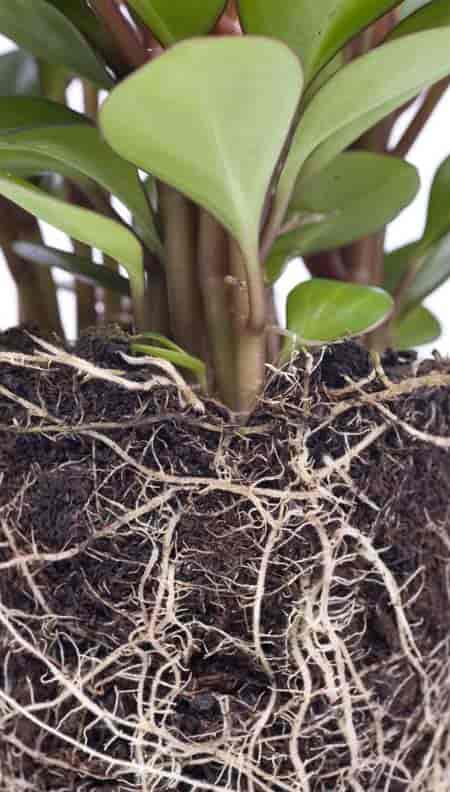If you’re looking for a houseplant that combines charm, ease, and a touch of surprise, Peperomia might just steal your heart.
These tropical beauties come in a delightful variety of shapes, sizes, and colors—from round, glossy green leaves to eye-catching variegated patterns of creamy whites and greens.

Some even mix it up, offering a blend of all-white and all-green leaves on the same plant. They pack plenty of personality at just 12″ inches tall into a compact size, making them perfect for any space.
Known affectionately as “radiator plants,” Peperomias thrive in warm, well-lit environments and are remarkably low-maintenance.
With over 1000 species and a reputation for versatility, these plants are a favorite among both new and seasoned plant enthusiasts.

Whether you love trailing vines or upright growers, there’s a peperomia variety that’s sure to suit your style. Plus, their thick, textured leaves and occasional spikelike blooms add a layer of intrigue to your indoor garden.
10 Things Every Peperomia Owner Needs To Know For Success
Light Requirements:
Peperomia plants thrive in medium to bright indirect light but can tolerate low-light conditions. Avoid direct sunlight, as it can scorch their leaves.

Watering Needs:
Allow the top 1-2″ inches of soil to dry out between waterings. Peperomias are sensitive to overwatering, which can lead to root rot. It’s better to keep them slightly dry rather than too wet.
Humidity Preferences:
While Peperomias can tolerate average household humidity, they benefit from higher humidity levels. Consider using a pebble tray to increase humidity. Use misting as a last resort.

Temperature Range:
These plants prefer temperatures between 60-80°F (16-26°C). They should be kept away from cold drafts and extreme temperatures.
Soil Composition:
Use a well-draining potting mix, such as one containing peat moss and perlite or coarse sand. This helps prevent waterlogging and root rot.

Fertilization Schedule:
Peperomias require minimal fertilization. Feed them once a month during the growing season (spring and summer) with a diluted general-purpose houseplant fertilizer.
Propagation:
Peperomias are easy to propagate from stem or leaf cuttings. Simply place the cuttings in water or soil, and they will root over time.

Pet-Friendly:
Peperomias are non-toxic to pets, making them a safe choice for households with animals.
Common Problems:
Overwatering can cause yellowing leaves, while insufficient light can lead to leggy growth. Adjust care routines accordingly.

Pest Management:
Peperomias are relatively pest-resistant but can occasionally attract spider mites and mealybugs. Regularly inspect the plant and treat infestations promptly with neem oil or insecticidal soap.